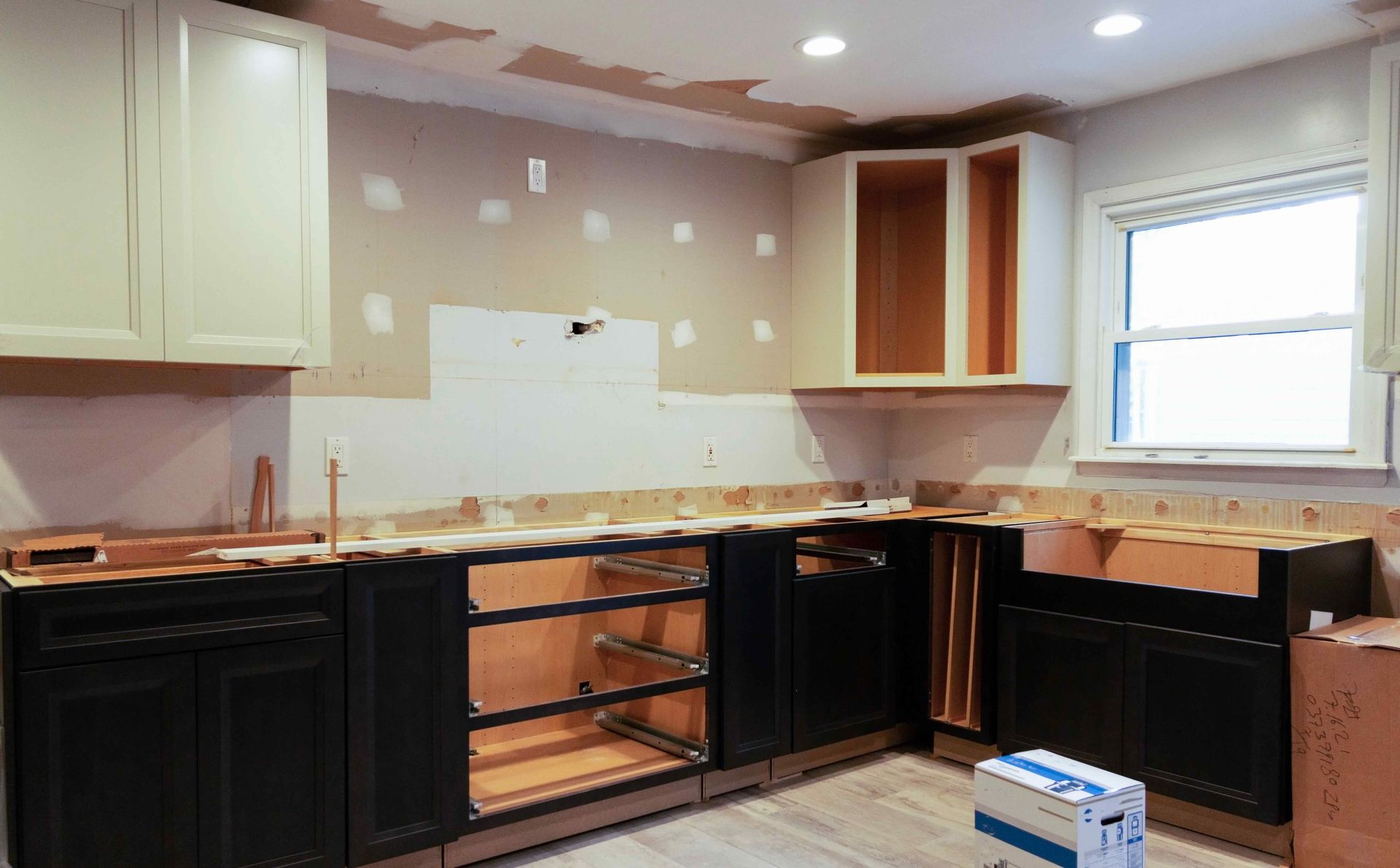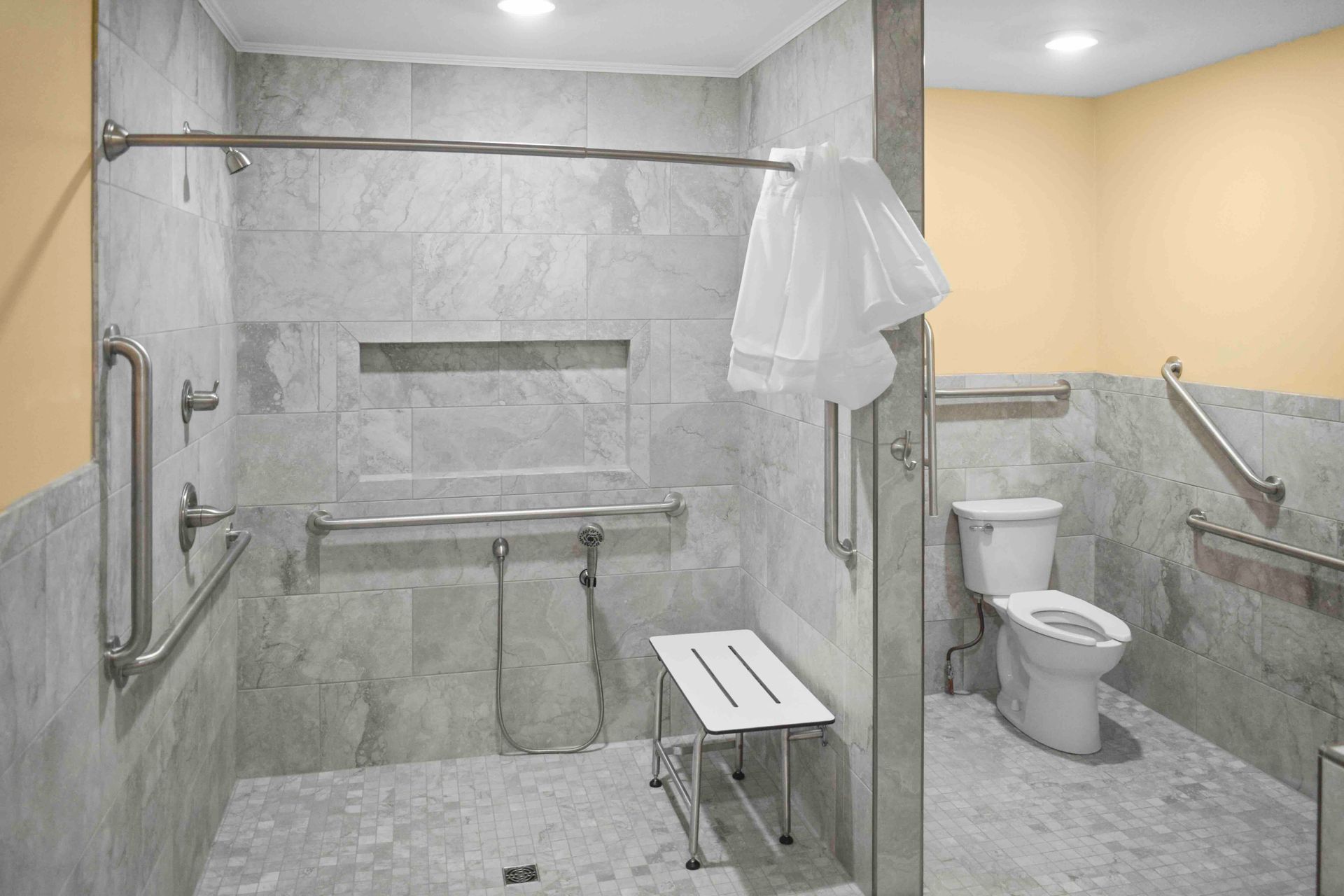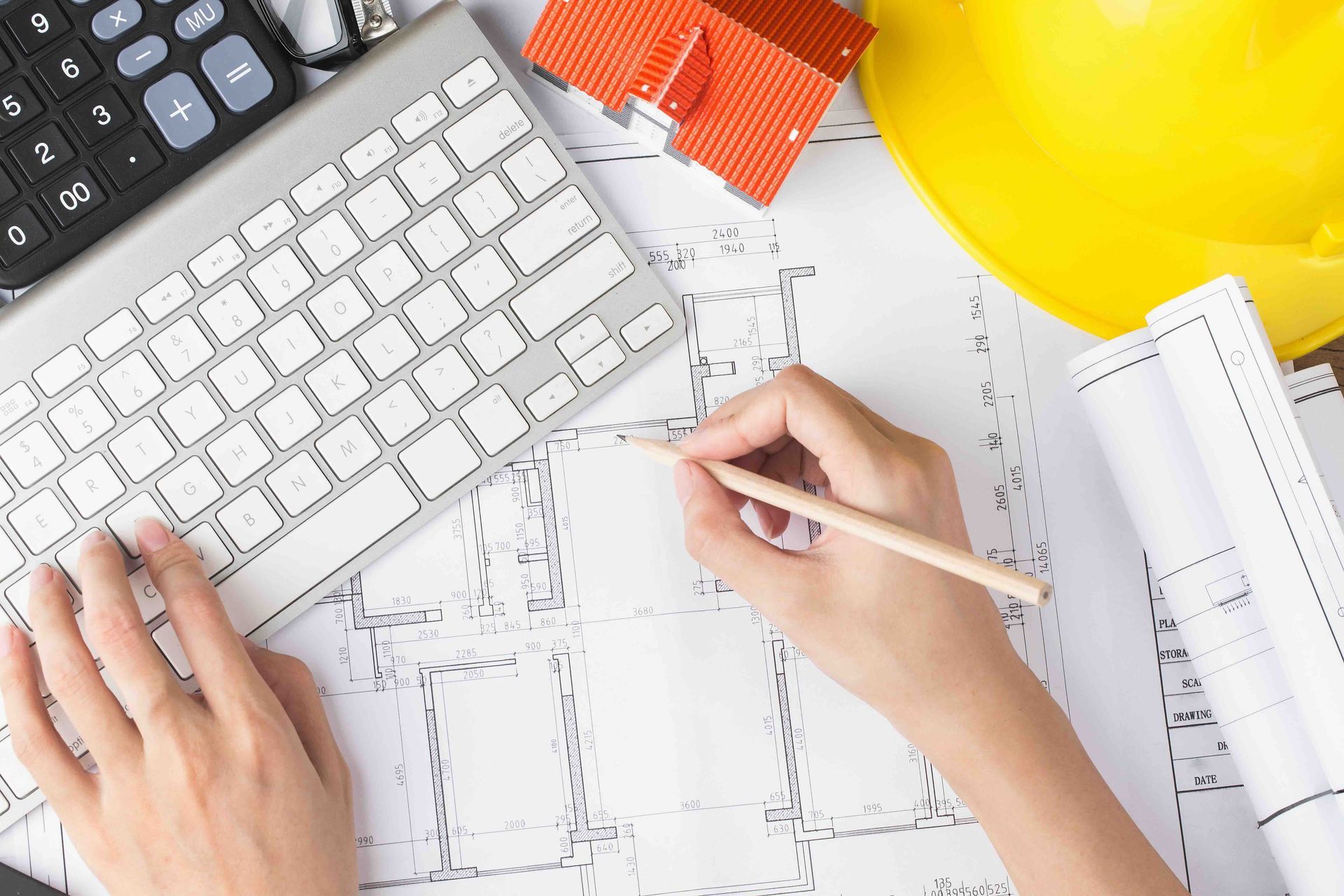The Process of Working with Home Modification Services in Michigan
Making your home more accessible can seem like a huge undertaking, especially if you've never dealt with home modification services before. Here in Michigan, there are many different resources and professionals available.
Getting a good grasp of the usual steps, the common challenges you might face, and the solutions out there can really help you feel more sure of yourself and ultimately succeed. This guide will take you through the entire process, from your very first chat with a service provider all the way to when your home modifications are complete, keeping in mind what it's like for someone going through this for the first time.
Are you looking for an expert resource in accessible spaces, special modifications for persons with mobility challenges, and more? Contact Lakeshore Barrier Free today.
The Starting Point: Recognizing the Need
Often, the journey begins when a change in mobility or health for yourself or a loved one makes daily life at home challenging. Perhaps a recent injury, a progressive condition, or the natural process of aging has highlighted difficulties with stairs, narrow doorways, or getting in and out of the bathroom. This initial realization, while sometimes overwhelming, is the crucial first step.
Identifying Specific Needs
Before reaching out to services, take some time to observe and note the specific areas where accessibility is an issue. Is it primarily entering and exiting the home? Moving between floors? Using the bathroom or kitchen? Making a list of these challenges will be incredibly helpful in your discussions with home modification professionals.
For example, if navigating steps to enter your home is a major concern, a wheelchair ramp might be a primary consideration. If moving between a bed and a wheelchair is difficult, a patient lift could be essential. Understanding these specific needs will guide your conversations and ensure the solutions proposed are truly effective.
The Consultation Phase: Finding the Right Partner
Once you have a general idea of your needs, the next step is to seek out home modification services. In Michigan, you'll find a range of providers, from smaller local companies specializing in accessibility to larger medical equipment suppliers who also offer modification services.
At Lakeshore Barrier Free, we're all about making life better for people with disabilities and special needs.
We do this by providing top-notch accessibility solutions and services that give folks more independence, keep them safe, and make sure they feel included. We're experts in everything from making changes to buildings and homes to setting up assistive technology and doing full accessibility checks. Our goal is always to create spaces that not only follow the rules but also genuinely improve someone's daily life.
Building strong relationships with our clients is super important to us. We use JobTread software and keep the lines of communication wide open so you always know what's happening. This helps us manage projects smoothly and provide amazing customer service every step of the way. Our whole process is designed to be easy and pleasant, whether we're working directly with you or teaming up with case managers, occupational therapists, nurses, insurance adjusters, and other professionals.
The On-Site Assessment
A reputable home modification service will typically schedule an on-site assessment at your home. This is a critical step. During this visit, a professional will:
- Observe and discuss your current challenges: They'll walk through your home with you, asking questions about your daily routines and identifying specific barriers.
- Take measurements: For modifications like ramps, doorway widening, or bathroom renovations, precise measurements are essential.
- Propose solutions: Based on their assessment, they'll suggest specific modifications and explain how they will address your needs. This is where discussions about different types of
wheelchair ramps (permanent vs. modular), the need for
patient lifts, or
bathroom grab bars will happen.
- Discuss temporary options: If your need for a ramp or lift is short-term (e.g., recovery from surgery), they might suggest
temporary ramp rentals or
patient lift rentals. This can be a cost-effective solution for immediate needs.
- Address concerns and answer questions: Don't hesitate to ask about anything you don't understand. This is your opportunity to learn and feel comfortable with their expertise.
Common Obstacles During Consultation
As a first-time customer, you might encounter a few common obstacles during this phase:
- Information Overload: The sheer number of options and technical terms can be overwhelming. Don't be afraid to ask for explanations in plain language.
- Cost Concerns: Home modifications can be an investment. It's important to discuss pricing transparently. Many providers will offer a detailed quote after the assessment. Don't be shy about asking for an itemized breakdown.
- Understanding Funding Options: Many people are unaware of potential financial assistance. In Michigan, various programs might help, such as USDA Rural Development's Single Family Housing Repair Loans & Grants for very-low-income homeowners, or certain benefits through Michigan's no-fault auto insurance for accident victims. The VA also offers grants like Specially Adapted Housing (SAH) and Special Housing Adaptation (SHA) for eligible veterans. It's crucial to ask your chosen service provider if they can guide you through potential funding sources or provide documentation for grant applications.
- Decision Paralysis: With multiple options and quotes, deciding can be tough. Take your time, compare proposals, and consider what truly meets your long-term needs and budget.
The Implementation Phase: Bringing the Vision to Life
Once you've approved the proposal and signed the contract, the work begins. This phase involves the actual construction or installation of the modifications.
Scheduling and Preparation
The service provider will schedule the work and inform you of any preparations needed on your part (e.g., clearing furniture, ensuring access).
During the Work
- Communication is key: The best companies will keep you updated on progress, any unexpected delays, or changes.
- On-site presence: Depending on the scope of the project, you may want to be present during key stages of the installation.
- Addressing issues promptly: If you notice anything concerning or have questions during the installation, address them immediately with the project manager or lead technician.
Specific Considerations for Common Modifications:
- Wheelchair Ramps: Installation of a permanent ramp might involve concrete pouring or significant carpentry. Temporary ramp rentals are typically modular aluminum systems that can be quickly assembled and disassembled, making them ideal for short-term needs. Ensure the slope meets accessibility guidelines (ADA standards are often a good benchmark, though residential requirements may differ).
- Patient Lifts: Installation can vary. Some lifts are portable, while others are ceiling-mounted and require professional installation to ensure structural integrity. Training on the safe operation of the lift and appropriate slings is crucial. If it's a patient lift rental, ensure you receive thorough training on its use before the rental period begins.
Overcoming Obstacles: Staying Positive and Engaged
During implementation, you might face:
- Disruption to routine: Construction can be noisy and messy, temporarily impacting your home life.
- Unexpected challenges: Sometimes, unforeseen structural issues or material availability can cause delays.
- Anxiety about the finished product: You might wonder if it will truly look and function as expected.
To navigate these:
- Maintain open communication: Ask for regular updates.
- Be flexible: Understand that some delays are unavoidable.
- Focus on the long-term benefits: Remind yourself of the independence and improved quality of life these modifications will bring.
The Completion and Follow-Up Phase: Enjoying Your Accessible Home
Once the modifications are complete, the service provider will typically do a final walkthrough with you.
Final Inspection and Walkthrough
- Test everything: Ensure the ramp is stable, the lift operates smoothly, and all modifications function as intended.
- Review instructions: For equipment like patient lifts, ensure you understand all operating and safety instructions.
- Ask for warranties: Inquire about warranties on materials and workmanship.
- Final payment: Once you are satisfied with the work, the final payment is typically made.
Post-Completion Support
A good home modification service will offer some level of post-completion support. This might include:
- Follow-up calls: Checking in to ensure everything is working well.
- Maintenance advice: Guidance on how to care for your new modifications.
- Troubleshooting support: A contact for any issues that arise.
Feeling Confident and Successful
As you navigate your newly modified home, you'll likely feel a growing sense of confidence and success. The initial anxieties and obstacles will fade as you experience the tangible benefits:
- Increased Independence: Being able to move freely and safely within your own home.
- Enhanced Safety: Reducing the risk of falls and injuries.
- Improved Quality of Life: Regaining access to areas of your home that were once difficult or impossible to use.
- Peace of Mind: Knowing that your home supports your needs or those of your loved one.
Working with home modification services in Michigan, while potentially a new experience, is a process designed to empower you. By understanding each step, anticipating common obstacles, and actively engaging with your chosen provider, you can transform your living space into a truly accessible and comfortable environment, fostering independence and peace of mind for years to come.
TALK TO THE EXPERTS OF LAKESHORE BARRIER FREE TODAY!
We believe that everyone should have access to every area of their home! We work directly with you to make sure that every grab bar, bathroom sink, kitchen countertop, patient lift, and more is at the perfect location for you and your loved ones. Call us at
(616) 477-2685 or email us at
Info@LakeshoreBarrierFree.com
Share this blog







